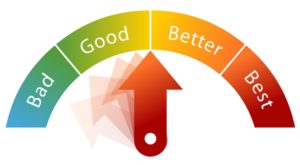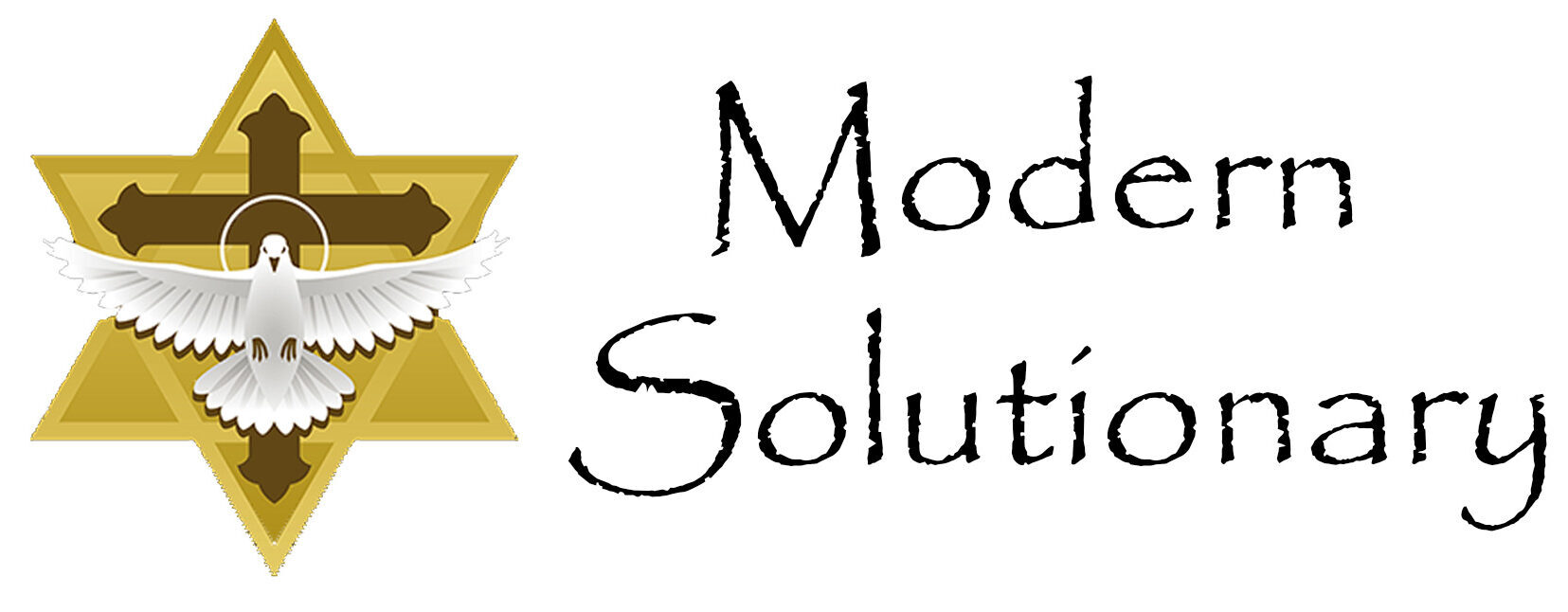A few years ago, a pharmaceutical giant learned a valuable lesson; better has its value and it is not always at a premium.
The company’s stock price turned drastically lower; reflecting the same direction the buying customers said their latest improvement drug’s price should be going. Company leaders thought that their years as the leader in diabetes drug production would allow them to use the successful business model that new and better could be sold at a premium with the end users always being willing to pay an inflated price for this novel combination. To leadership’s amazement, this model seems to have failed miserably on their latest endeavor.

In the clinical trials, it was determined that a new drug showed slight yet consistent improvement in the treatment of the majority of patients; however, the price of the drug was not accepted by the patients, insurance carriers, or their doctors. Instead, the end users found that with a little more monitoring, the patient’s existing drug treatments achieved the same results and at a substantially lower cost. 
Once more, this trusted company delivered a good solution. No one is disputing the trial results, but the price tag was above what the market would bear, given the predicted results. In other words, as a solution to the patient’s problem, though good, it is not the right choice given the cost they would have to pay.
As with every business, their sole purpose for existence is to offer equitable solutions to the problems that we, the buying public, can’t solve alone. Rarely do these businesses have the sole, best solution. Instead, they have to use competitive pricing, dependable brand recognition, or other beneficial nuances to entice consumers to select their product or service.
Through the study of wisdom, we learn that every problem has only three solutions: the right one, the wrong one, and the acceptable concession. The right one can be readily identified when it solves the problem ethically/morally from the perspective of all three parties affected by the problem and does so without being selfish in nature, at the expense of economic value. The three entities in this situation are the company providing the solution, the patient/insurance carriers that use and pay for the drugs, and the healthcare providers that recommend the drug. From the end user’s perspective, it could be viewed that the company is being a bit selfish by charging twenty percent higher cost for a not so worthy solution. This perception damaged the company’s brand image that reversed years of goodwill and trust by this singular unenviable decision. With trust being such a prized commodity to every business; its loss was extremely damaging to future profits.
In this case, the flaw in execution seems to have been poor market research prior to the roll out of the drug which now has created a problem for the company, its shareholders, and the trust of the buying public. If the leadership would have tested the market for acceptance prior to spending the millions of dollars in research and development cost, they could have possibly determined the predictability of a much better outcome. A worthy lesson to every business leader.
The formula for business success, a product or service that delivers as promised to solve a known problem, offered by a trusted resource, and at a fair price. This formula will never change, because it is the Law of the Purchase.
If this is my last post, I want all to know that there was only one purpose for all that I have written; to have made a positive difference in the lives of others.
Anthony “Tony” Boquet, the author of “The Bloodline of Wisdom, The Awakening of a Modern Solutionary”
